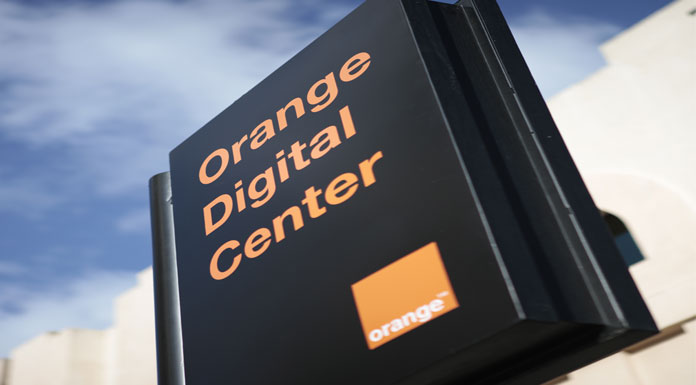Multiple bank executives have protested to the International Monetary Fund (IMF) over the Central Bank of Kenya’s (CBK) reluctance to approve lenders’ applications to raise the cost of loans following the scrapping of lending rate controls on November 7, 2019.
The IMF on Thursday revealed the lenders’ protests amid the accusation of the banking regulator capping lending rates after blocking their bid to raise the cost of loans.
The regulator had asked banks to submit new loan pricing formulas that would be the basis of setting interest rates on new credit in an environment where the government was not controlling loan costs.
Bank executives reckon that the CBK has gone silent on some of the applications and failed to approve their submissions, forcing them to continue operating as if they were still under lending rate controls to avoid falling in trouble with the regulator.
“Banks consider that approvals could be expedited,” said the IMF in reference to CBK’s delay to approve the higher lending rates.
“Banks’ credit pricing models require approval by the CBK, and banks must justify charging higher rates to customers presenting higher credit risks,” added the fund.
Banks say that the delayed shift to risk-based lending has forced many of them to deepen investment in government securities and restrict lending to high-quality customers with a lower risk of default.
This emerged at a time supply of loans to the private sector grew by 7.8 percent in the year to October, which is below the ideal rate of 12-15 percent needed to support economic growth.
“With an ample capital position and strong deposit growth, banks are positioned to extend credit to the economy to support the recovery, though they may face some headwinds,” said the IMF.
“Banks’ holdings of government securities stand at a relatively high 31 percent of assets and are expected to rise further in the coming year.”
The Fund says that Kenya’s lending rates have remained little changed when compared to the period the State-controlled bank loan costs.
The lending rates averaged 12.38 percent in November 2019 when the rate cap was repealed with the Central Bank Rate (CBR) then at 8.5 percent. In October, lending rates averaged 12.12 per cent.
To play it safe, banks have slightly cut the average lending rates in line with the reduction of the CBR, which has been lowered to seven percent, underlining the conundrum lenders find themselves in.
Banks have been eager to price loans to different clients based on their risk profile but this flexibility remains a mirage after the CBK stepped in as the de facto controller of the cost of credit.
The government removed the cap after it was blamed for curbing credit growth during its three years of existence.
Banks use a base rate that is normally the cost of funds, plus a margin and a risk premium, to determine how much they should charge a particular customer.
The cap, which set rates at four percentage points above the central bank’s benchmark lending for all customers, had taken out that equation and the flexibility that lenders say they need to accommodate customers deemed as risky borrowers.
The inability to price risk in lending is shutting out many prospective borrowers as banks seek to reduce their exposure from already large defaults brought by the Covid-19 pandemic.
The Banking (Increase of rate of banking and other charges) regulations of 2006 require banks to seek CBK nod when changing features of any product, such as loans.
“Any change in the features of the product changes the product as earlier approved and, therefore, the changed product with less, more or otherwise varied features must be approved by the CBK prior to rollout,” the CBK had reminded banks in a 2016 circular.
The CBK has repeatedly warned banks against reverting to punitive interest rates of more than 20 percent in the post-rate cap regime and wants every lender to justify the margins they put in their formulas.













Comments